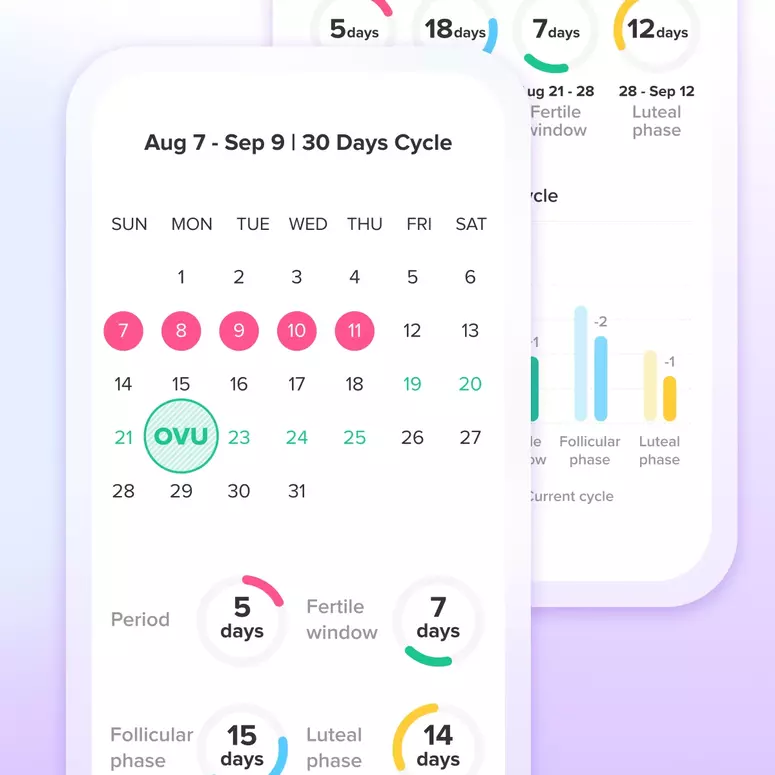
Pregnancy Exercise Guide
When it comes to maintaining a healthy lifestyle during pregnancy, exercise plays a crucial role. Regular physical activity not only helps to manage weight gain and boost mood but also promotes overall well-being for both the mother and the growing baby. However, it is essential to prioritize safety and choose exercises that are suitable for each stage of pregnancy. In this article, we will explore a range of safe and effective exercises tailored for expectant mothers, ensuring a healthy and comfortable journey to motherhood. [1]
Benefits of Exercise During Pregnancy
Exercise during pregnancy offers numerous benefits that contribute to the well-being of both the mother and the baby. Some key advantages include:
- Improved cardiovascular health
- Increased muscle strength and endurance
- Enhanced mood and reduced stress
- Better sleep quality
- Reduced pregnancy discomforts, such as back pain and swelling
- Improved posture and body image
- Faster postpartum recovery
Safety Guidelines for Exercising During Pregnancy
Before engaging in any exercise routine, it is crucial to consult with a healthcare provider. They can provide personalized guidance based on individual circumstances and any specific concerns. In addition, consider the following general safety guidelines:
- Start gradually: If you were inactive before pregnancy, begin with low-impact exercises and slowly increase intensity.
- Stay hydrated: Drink plenty of water before, during, and after exercising to avoid dehydration.
- Wear appropriate clothing: Choose comfortable, breathable attire that provides proper support to your changing body.
- Warm-up and cool-down: Prioritize gentle warm-up exercises to prepare the body for activity and cool-down exercises to gradually bring the heart rate back to normal.
- Avoid overheating: Exercise in a well-ventilated area, wear loose-fitting clothes, and avoid hot and humid environments.
- Listen to your body: If an exercise feels uncomfortable or causes pain, stop immediately and seek medical advice.
Safe Exercises for Pregnant Women
- Walking: Walking is a low-impact, accessible exercise that can be done throughout pregnancy. It improves cardiovascular health and helps to strengthen leg muscles.
- Swimming: Water exercises are gentle on joints, relieve swelling, and support the body’s weight, making swimming an excellent option for pregnant women.
- Prenatal yoga: Yoga focuses on gentle stretching, breathing exercises, and relaxation techniques. It promotes flexibility, balance, and mental well-being.
- Prenatal Pilates: Pilates strengthens the core muscles, improves posture, and enhances body awareness. Look for prenatal-specific classes to ensure exercises are modified appropriately.
- Stationary cycling: Cycling on a stationary bike provides a low-impact cardiovascular workout without straining the joints. Adjust the seat height for comfort and avoid excessive resistance.
- Low-impact aerobics: Joining a prenatal aerobics class or following an instructor-led routine ensures a safe and effective workout. Avoid high-impact movements, jumping, and sudden changes in direction.
- Strength training: Light to moderate strength training with proper form and technique can help improve overall muscle tone and strength. Focus on exercises that target major muscle groups.
- Kegel exercises: These exercises strengthen the pelvic floor muscles, which can aid in preventing urinary incontinence and promote faster recovery after childbirth.
Maintaining an active lifestyle during pregnancy is beneficial for both the mother and the baby. Engaging in safe exercises not only helps manage weight gain and boost mood but also promotes overall well-being. [2]
Sources
[1] https://www.acog.org/womens-health/faqs/exercise-during-pregnancy#:~:text=Regular%20exercise%20during%20pregnancy%20benefits,diabetes%2C%20preeclampsia%2C%20and%20cesarean%20birth
[2] https://www.healthline.com/health/pregnancy/pregnancy-workouts#third-trimester




